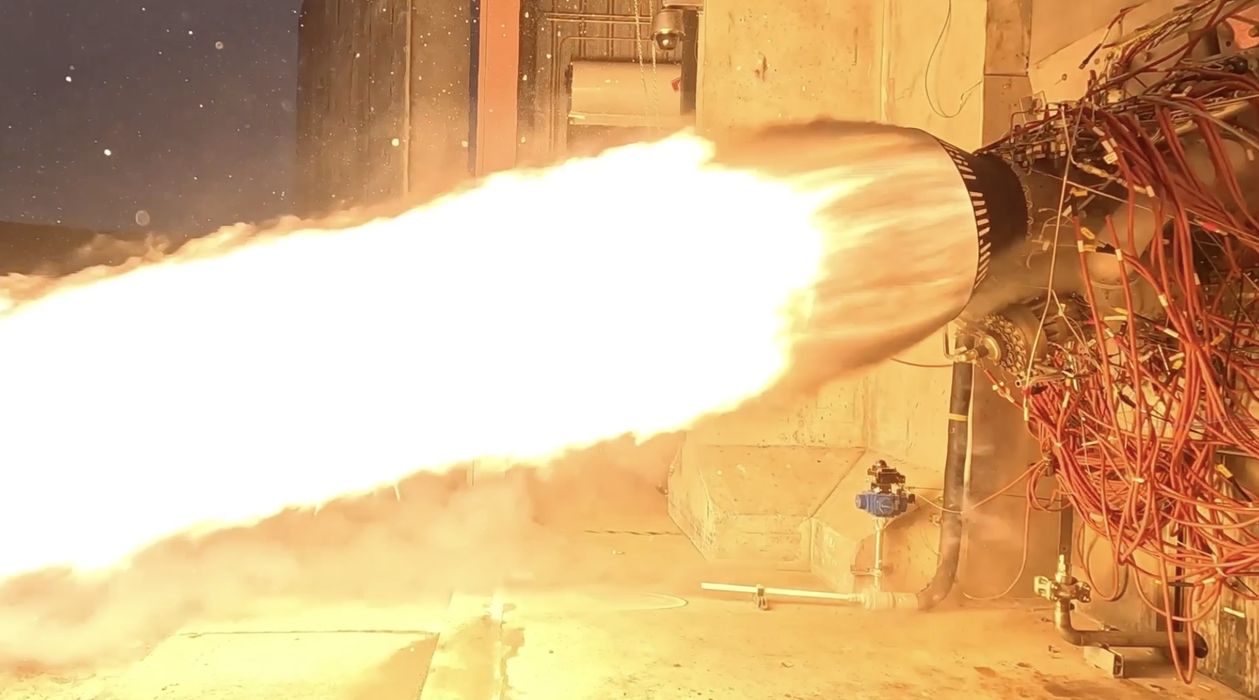
A novel application of 3D printing could help identify additional ways to use the technology.
A report on Forbes describes how Ursa Major found a new application in their business, which is to produce advanced propulsion mechanisms for defense and aerospace industries.
Rocket engines are among the most highly stressed devices made by humans, and that’s because a huge amount of energy must be contained and channeled out the bottom through the engine bell. The trick is to make the enclosure, known as a “casing” hold back all that energy.
Evidently the traditional method of making these casings has been to take a single piece of metal and stretch it out into a dimensionally correct cylindrical shape of the desired casing. This is accomplish with a rather large machine and takes considerable time to operate.
Ursa Major discovered that they could produce equivalently performing rocket casings through an additive manufacturing process. They are now using this process to produce missile casings for the US military. They found that the production process is much faster. Forbes writes:
“Additive manufacturing can turn out rocket motors at a much higher rate than is currently possible. For example, current production of Stinger surface-to-air rocket motors using traditional methods is about 700 a year. One 3D printer can turn out a batch of 50 Stinger motors at a time and make more than 1500 a year. To increase production, just bring in another printer.
The same method and the same machine can make all sorts of rocket motors, from shoulder-fired weapons to artillery rockets. Ursa Major can make rocket motors for almost the full range of current U.S. weapons, including many which have been in the headlines.”
The result is a new capability to produce required weapons at a rate previously thought impossible.
That’s good news, but is there something more here? What exactly happened?
It seems to me that we have a case of a traditional manufacturing process being replaced with a more efficient additive process. Sure, this is a niche area, but it is a reasonably large-sized business.
I’m now wondering how many other areas produce niche products with expensive, inflexible and inefficient traditional manufacturing approaches.
For some years now the approach to deploying additive manufacturing was to look for industries where:
- Parts are already pricey
- Parts require personalization
- Parts are so complex they have to be printed
- Parts are required in small volumes
The presence of any of those factors is absolutely a good indicator of whether 3D print technology could potentially be applied.
Let’s add another one: “Parts are produced by inefficient dedicated machines”. That seems to be how Ursa Major discovered their new application.
If there are machines to produce niche products, then there might be an opportunity for an additive manufacturing alternative. For such situations, it may be worthwhile to evaluate the possibilities.
There’s another thought here: Ursa Major made their niche products using everyday commercial LPBF metal 3D printers. Those same devices can be used to produce all manner of parts.
What if we were to combine niche applications and converge on a smaller set of 3D printers? In other words, why have N dedicated niche machines when you can have a smaller number of highly flexible 3D printers that can instantly produce any niche product?
This could be a very interesting opportunity.
Via Forbes and Ursa Major
